For several years after, I again reduced my emphasis on pool speed. I raced the 1000 once each at 56 and 57, recording times of 12:40 and 12:50, times I felt satisfied with considering my age and moderate training. A year ago, on the verge of turning 60, I couldn't resist thinking about my familiar benchmark; four decades removed, how close could I come to my college times in the 1000?
In January I swam the 1000 for the first time in over three years. When I finished and saw the digits 13:29 next to my lane I was deeply disappointed—both that it was the slowest I could recall swimming in 45 years and at how far out of reach my sub-12:00 standard seemed. Still, as always, I practiced diligently and purposefully and was gratified to swim the 1000 in 12:51 at Masters Nationals last April. Improving by 38 seconds in three months is a reason for celebration.
Because I'd been somewhat slowed last year by a recurrence of rheumatoid arthritis, an autoimmune condition that leaves you feeling feverish and out-of-breath from exertion, I felt I could reasonably set my sights on swimming faster this year than last—and perhaps approach the times I'd done as a raw 17-year old college freshman.
So, I mounted the blocks for the 1000 Free after having swum the 400 IM and 200 IM within a period of about 90 minutes. (In college, the idea of racing the 1000 following a 400 and 200 IM would have struck me as lunacy.) I thought my chances of beating last January's 13:29 were reasonably good, but when I finished, the display read 13:42.
What's to be grateful for? Simply that I looked at those numbers and thought of them as—in the lexicon of engineers—simply a data point. The digits on the board no longer had a grip on my emotions or how I felt about myself. They were simply an objective measure of how I swam on that day.
On one level they fairly reflect the training I've done in the past two months: leisurely, more focused on efficiency than speed. They also reflect that I'm a year older. But my most valuable perspective was to view them, essentially, as a math problem that I could spend the next several months solving, and from which I expect to derive many hours of enjoyment.
You see, my time of 13:42 represents a particular combination of SPL (stroke count per 25-yard pool length) and Stroke Rate, a combination that could only result in that time. As the saying goes, "It is what it is".
By focusing on the math I can set highly specific goals for improvement—save a few strokes here, a few hundredths of a second in tempo there—for practice over the next several months. And throughout that period I will maintain unbroken focus on improving the data a tiny bit each day—as well as optimism that I can find a way to improve even more this season than last.
It feels liberating, after 45 years of swimming competitively, to finally accept a race result as it is, then immediately turn my attention to strategies to make it better. It will help me focus on what's important for my next 30 years in the pool: my passion for swimming.
 Break your personal record at your next event.
Break your personal record at your next event.
- 2
- of
- 2
About the Author

Get ACTIVE on the Go
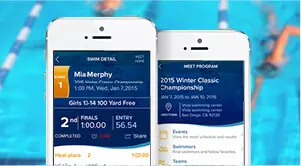

Meet Mobile
Swim smarter: heats, lane assignments and real-time results in the palm of your hand.
Available for iOS | Android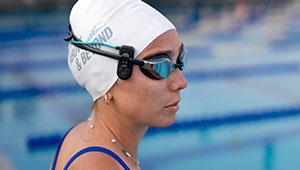
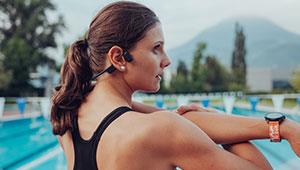
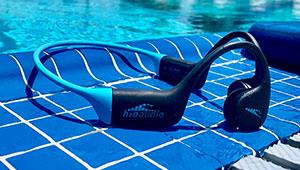

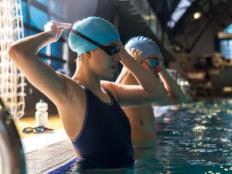
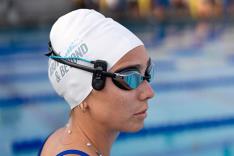

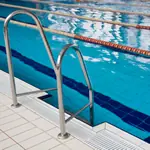
Discuss This Article